People
The Art World at Home: Woodman Family Foundation Director Lissa McClure Is Reading Artists’ Correspondence and Baking Cookies
Read on to hear about McClure's guilty pleasures and her passion projects.
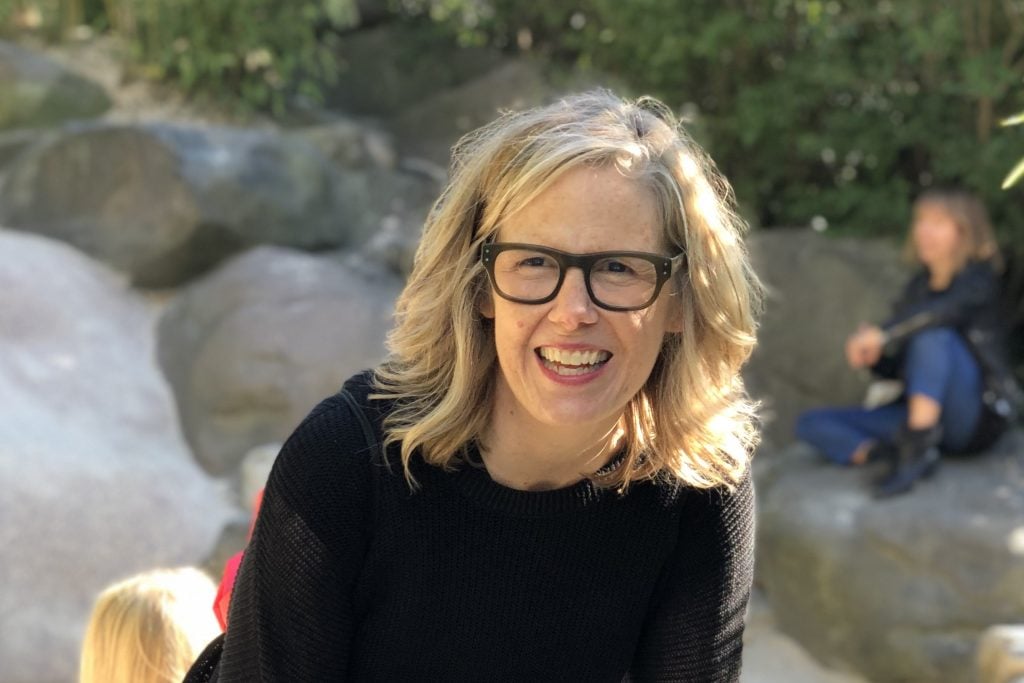
Read on to hear about McClure's guilty pleasures and her passion projects.

Artnet News

While much of the art world remained at home these past few months, Lissa McClure, the executive director of the Woodman Family Foundation—which oversees the legacies of artists Betty, Francesca, and George Woodman—worked hard with her team to bring their work to the public.
Social media has been a boon. Thanks to the wide reach of Instagram, McClure and her colleagues have able to bring to life the lives of the artists for a broad audience. Now comes another task: going through the Woodman family archives to make sense of the many materials they left behind.
We caught up with McClure to hear about her latest projects, her favorite recent art exhibition, and the first work she bought on her own.
What are you working on right now?
We’ve recently received a bequest of the complete archives of Betty, Francesca, and George Woodman from Betty’s Estate and are making our way through the material. We’re still a ways away from receiving what will become significant holdings of artwork by each of them, which gives us time to dedicate to this archival cataloguing.
It’s a formidable task, historically important and hugely rewarding. In some ways, the archival material is the heart of our foundation. It’s a thrill to touch and read Betty, Francesca, and George’s personal papers and get inside each of their practices. When I’m fortunate enough to be engaging with this material firsthand, I find myself pulled into their individual letters, journals, notes and also correspondence between them; clothing that Francesca wore and used in her photographs; plans from long-ago projects and exhibitions.
We’re in the unique position of stewarding the legacies of not one but three artists, and a family at that. Shutdowns afforded us the opportunity to strategize about the next phase of our work—forming institutional partnerships and providing scholarly access—in frequent Zoom meetings with our board, most of them close to Betty and George during their lifetimes and each bringing invaluable insights and expertise to our table.
Walk us through the when, where, and how of your approach to this project on a regular day.
Our small staff is still working remotely, so we’re removed from the materials on a daily basis, which is hard. We miss working together in our office, which was built in Betty’s studio in the family loft in Chelsea. We’re a close team that shares a passion for this work, and everyone has really gone the extra mile to stay connected during this period. On a typical work day, I might review images and updates on particularly compelling discoveries from our archival consultant, Janine St. Germain, an invaluable partner who’s been holed up in our warehouse a couple of days a week.
We’re sharing some of our finds as we go through two new editorial series, “From The Archives” and “Plotlines” featured on our Instagram (@woodmanfoundation) and our website.
For these initiatives, which give viewers a unique glimpse into the lives and work of Betty, Francesca, and George, I’ll Zoom with Katarina Jerinic, our curator, and Eliza Little, our collections assistant, to talk through ideas for our posts. We research published writings, write and edit explanatory texts, choose and order images. Right now, we’re deciding between a folder of Francesca’s labelled “Art theories + ideas,” containing her very cogent writings about what she was trying to achieve in her photographs, and parcels of early correspondence between Betty and George from the ‘50s during her first year in Italy. We imagine it was George who very carefully kept these letters together over the years.
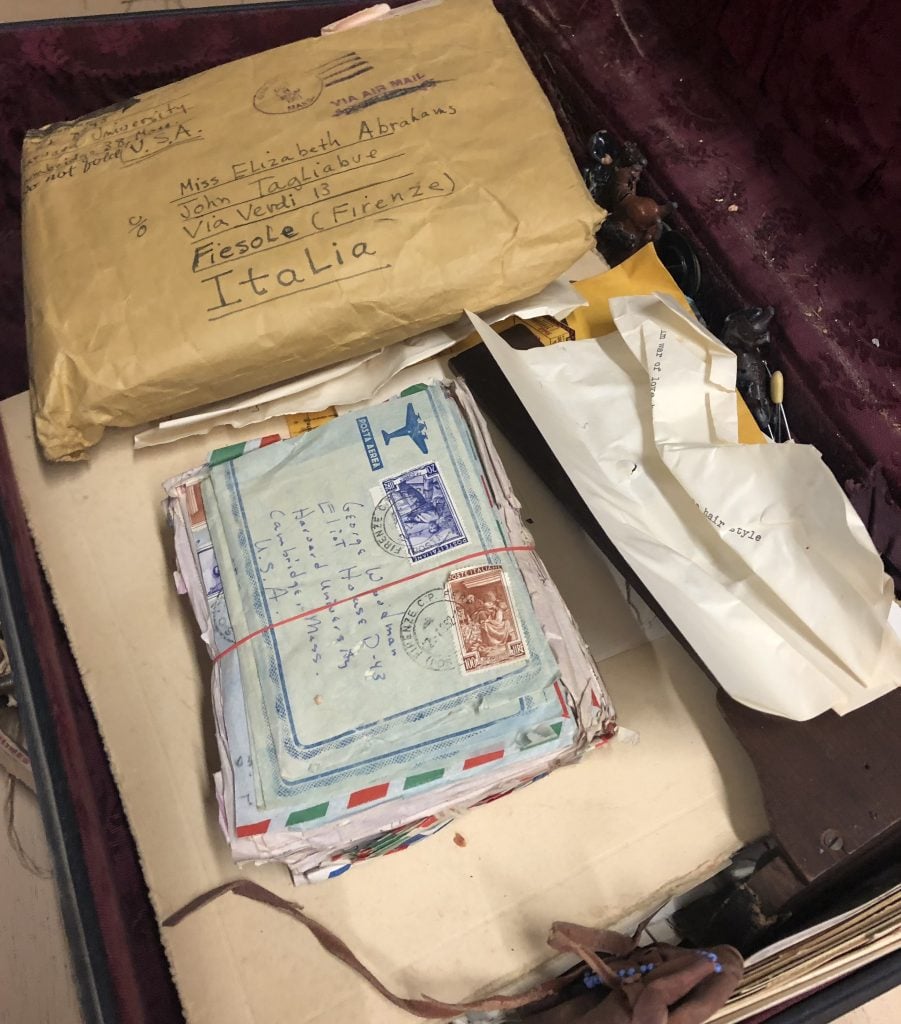
Letters from the archives at the Woodman Foundation. Courtesy Woodman Family Foundation.
What is bothering you right now?
The depth and breadth of inequity in our country.
What was the last thing that made you laugh out loud?
During quarantine this spring and summer, my partner, our six-year-old, and I caught a late but severe case of Hamilaria. We listened to the Hamilton soundtrack non-stop, especially in the car. Somewhere along the way, we stumbled upon the “Ham4Ham” clips on YouTube. “The Schulyer Georges” slayed us. It’s now a go-to when we need a deep laugh and some pure joy.
Are there any movies, music, podcasts, publications, or works of art that have made a big impact on you recently? If so, why?
Julie Mehretu’s show at Marian Goodman. The paintings are so assured and resolved despite the turmoil they represent. She’s tackling the crucial issues of this moment. They are demanding and beautiful, full of tumult and lament and somehow divinity. The color, the surface, the glow, her vocabulary of marks feels so urgent and unrelenting. They rise up.
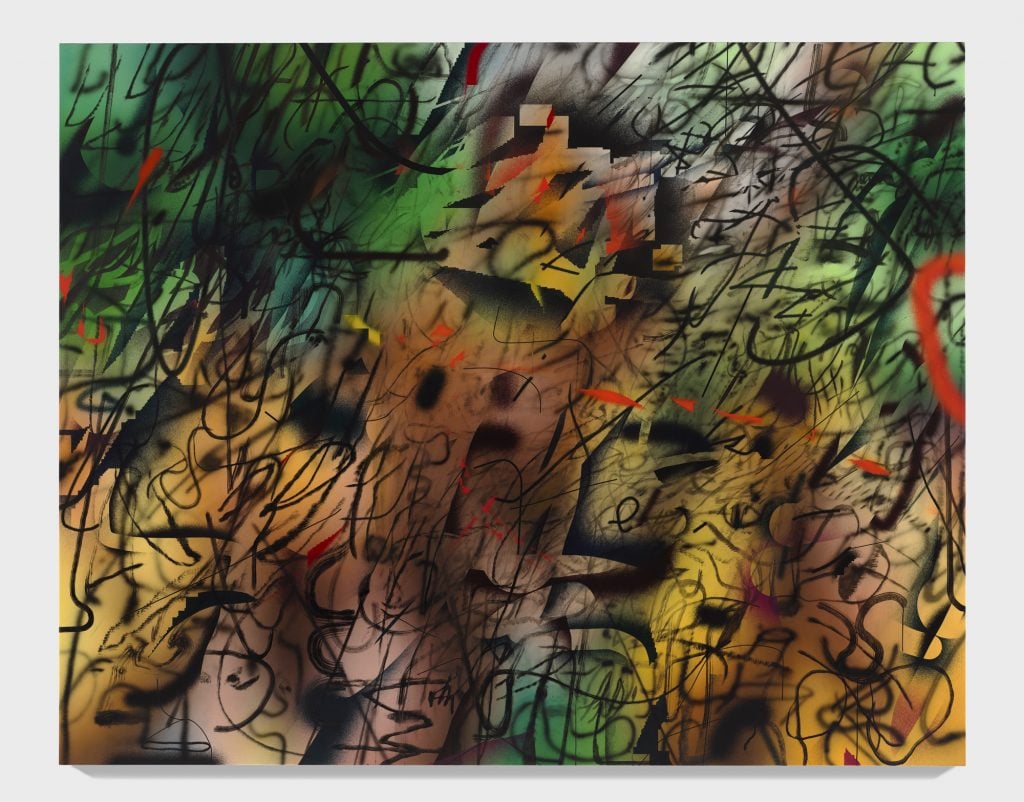
Julie Mehretu, Loop (B. Lozano, Bolsonaro eve) (2019–20). Courtesy of the artist and Marian Goodman Gallery. Photo credit: Tom Powel Imaging. Copyright: Julie Mehretu.
Also, [the film] The 40-Year-Old-Version by Radha Blank. I was blown away by Blank’s honesty, integrity, and deft writing, acting and directing—and refusal to make “poverty porn.” And it was gorgeously shot on film, a black-and-white love letter to New York.
What is your favorite part of your house and why?
I fought for and covet our little “sunroom,” hidden in the back our Brooklyn apartment. It has lots of sky and southern light, a chaise for reading—a place of tranquility. Fast forward to remote learning and working. Now it also serves as my home office. Less idyllic, for sure, but it allows for focused thinking and way too much Zooming.
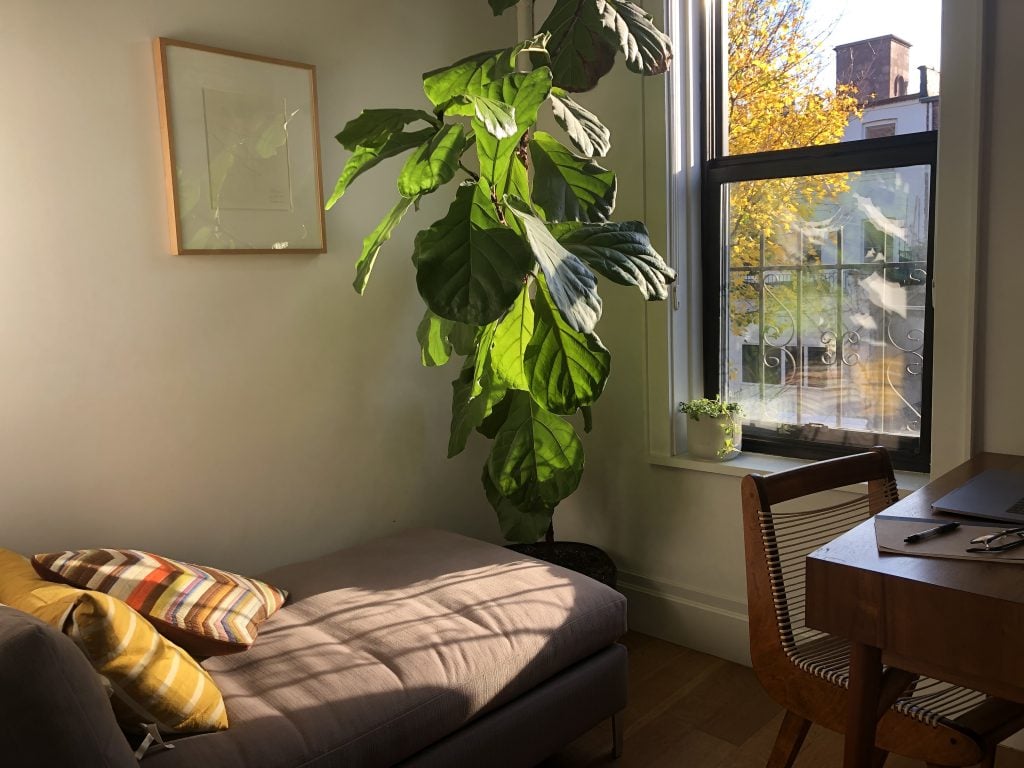
The sunroom in Lissa McClure’s Brooklyn home. Courtesy Lissa McClure.
What’s your favorite work of art in the house and why?
A 1976 gum sculpture by Hannah Wilke. It was the first work I bought, from Ronald Feldman many years ago, for a modest price but still on an installment plan! Her work was hugely influential to my thinking in grad school, researching and writing on feminist body art and performance from that period. Lately I’ve been thinking about Wilke in relation to Francesca Woodman, wondering if Francesca saw the work during her time in New York and curious about connections between the two.
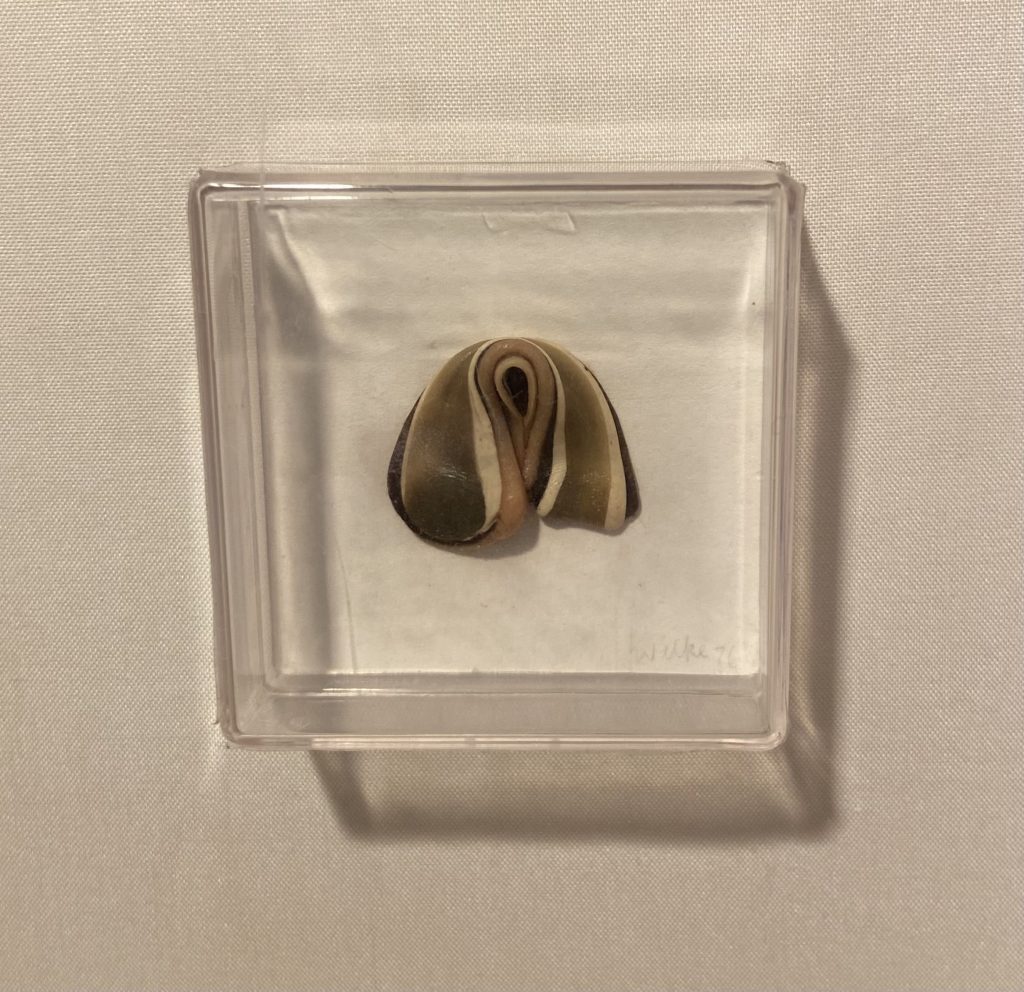
Hannah Wilke, Untitled (Single Gum Sculpture) (1976). Gum in plexiglass box, 2 ½ x 2 ½ x 1 in. © Marsie, Emanuelle, Damon and Andrew Scharlatt, Hannah Wilke Collection & Archive, Los Angeles. Licensed by VAGA at Artist’s Rights Society (ARS), New York.
Are there any causes you support that you would like to share? If so, what, and why is it/are they important?
I support various organizations that are fighting for racial justice, though as a white woman with privilege, I am compelled to talk less, listen more, support others and generally take up less space. As for the foundation, we’re not yet at the point of launching a future grantmaking program, but felt it was important to offer help during this unprecedented time. We’ve supported artist relief efforts and local food banks.
What is your guilty pleasure?
Reading Page Six. For longer than I should admit to.
What’s going on in the kitchen these days? Any projects? And triumphs or tragedies?
I’d like to be one of those people who mastered sourdough bread or cuisine from a faraway locale during these long months at home. Every Sunday during family Zoom gatherings, my twenty-something cousin and her boyfriend would tell stories of making short rib this and lobster that, which was decidedly not the case in our household. We did pull off a double batch of pre-Thanksgiving cookies using the recipe from our local favorite, One Girl Cookie, decorated as wackily as possible. My daughter was determined to make socially-distanced deliveries to friends in the neighborhood, which made for a great afternoon.
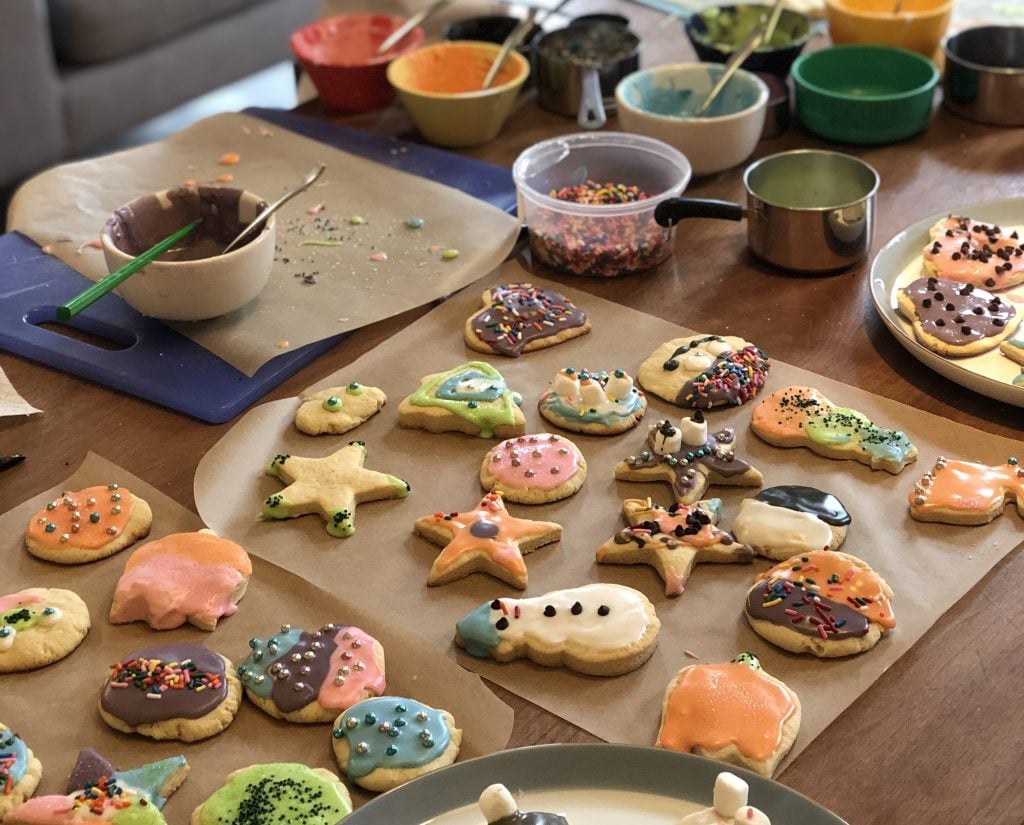
Lissa McClure’s family’s cookies. Courtesy Lissa McClure.
Which two fellow art-world people, living or dead, would you like to convene for dinner, and why?
I’d push for four: Betty, Francesca, George, and Charlie, their son and chair of our board. Preferably at their big outdoor table in Antella, Italy.
They spent decades sharing meals with friends and family in that spot. Betty would prepare one of her incredible meals, probably pasta she learned to cook in 1960 and fresh vegetables from their huge garden. We’d be surrounded by the Tuscan landscape that was so beloved by all of them.
Dinner would be served on Betty’s platters and eaten from her plates. I knew Betty and George for over a decade and knew Francesca only through her work. But I now feel connected to this family in a very different way. Delving into the work and papers of these three makes me wish they were here—to ask more questions, to hear more stories, to linger over a decadent dessert.